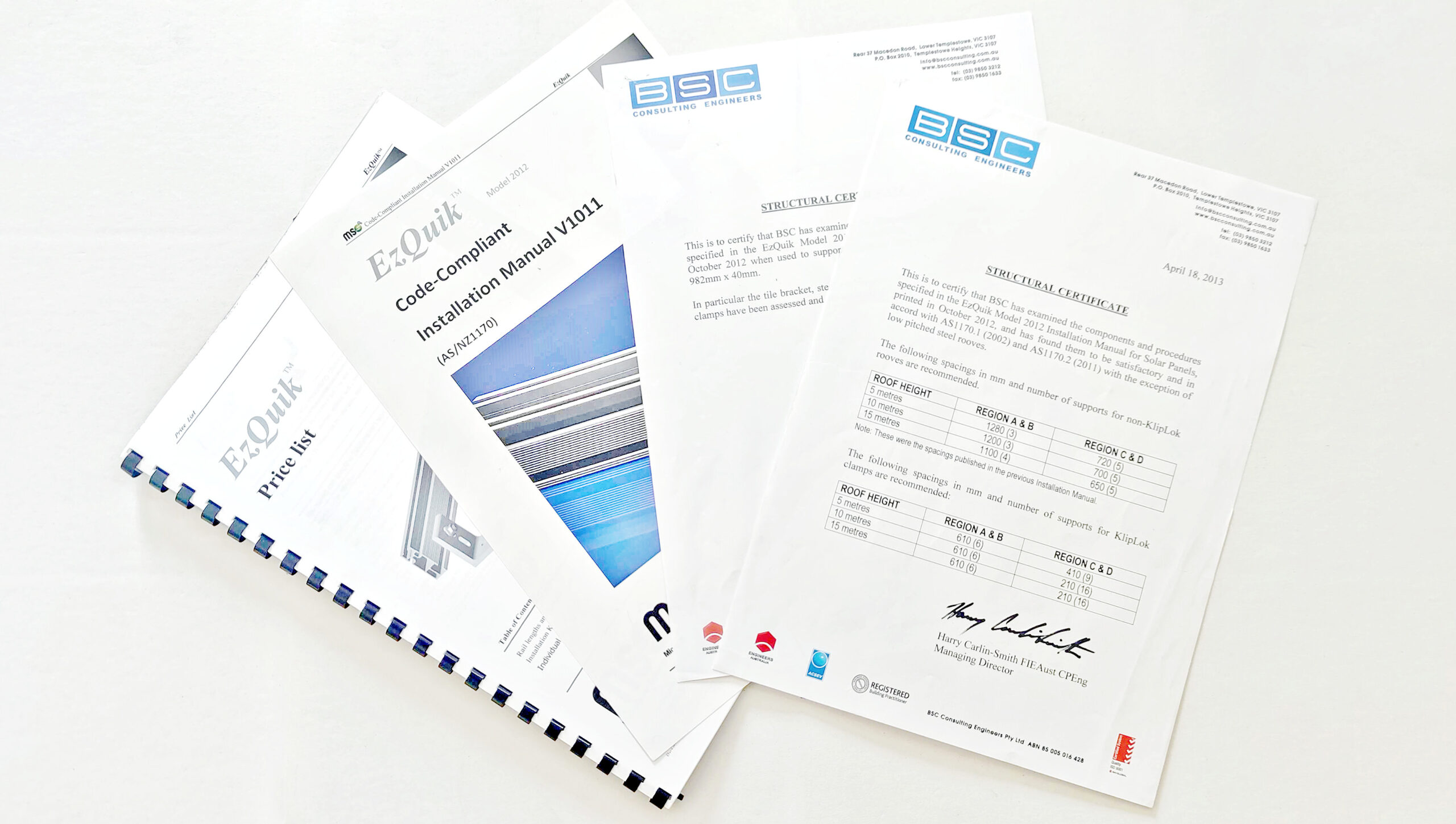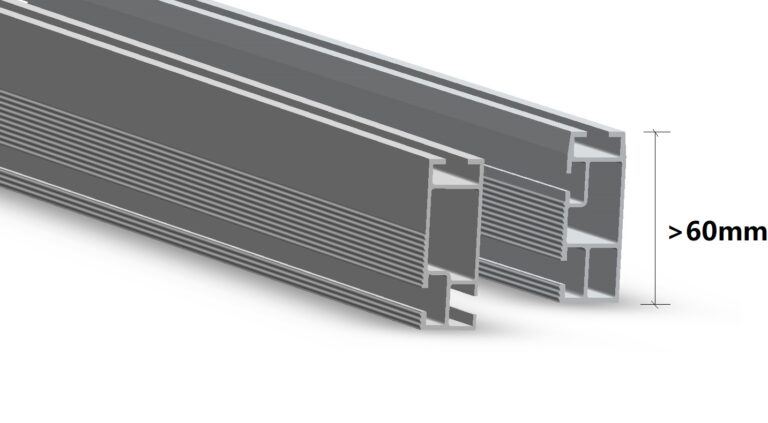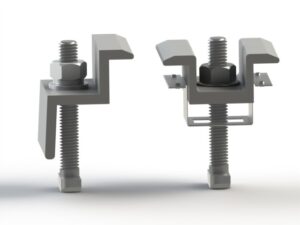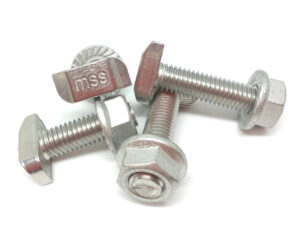choose a qualified roof racking system
What to look for when choosing a mounting system
A qualified mounting system not only guarantees safety for solar roof systems but also a cost-saving for future maintenance. Therefore, it is very important to select high-quality and standard qualified products from the current market. Customers should confirm the following points with the installer before installation.
The basic points of judging the mounting system
Product credentials
Third-party certifications by professional engineering company
It is important for both installers and customers to use a qualified mounting system that will provide structural adequacy of the supporting frame and safety to the public.
Rail section
the deeper, the stronger
A rule of thumb based on engineering first principle – the rails with deeper sections are more rigid and effective than the shallower ones.
In the current supplier market, rail section depth varies from 40mm to 60mm. Although many of the shallower rail sections (under 60mm) claimed to be engineering certified, they do not have the same structural effectiveness.
Rails with deeper sections not only provide stronger frames, but also savings on materials and labour costs. It allows a larger span and requires fewer brackets installation; thus tile and steel corrugated roof would require less penetration which minimises the risk of causing leakage issues.
Connection and fasteners
watch out for the aluminum nuts
One of the issues is the compatibility between different metals. Aluminum nuts and steel bolts can have bi-metallic corrosion if not treated correctly right. This is especially the case for outdoor fastening connections, where heavy stress and moisture are both applied. In some circumstances, corrosion can lead to brittle failure in the connection and cause the whole PV panel to collapse catastrophically.
A questionable connection commonly seen is that using steel/galvanized steel bolts tightened onto aluminum nuts. These are a common practice for suppliers’ fabrication costs reduction and provide a temporary setup. However, its longevity in the outdoor environment remains largely unverified. In any Australian construction standards, there is no reference or example for such combination (steel/galvanized steel bolts and aluminum nuts) to be used.
A recommended practice is to use stainless steel 304 fasteners instead. It is commonly regarded as the best option for connecting to aluminium frames in an outdoor environment situation.
Surface finishing
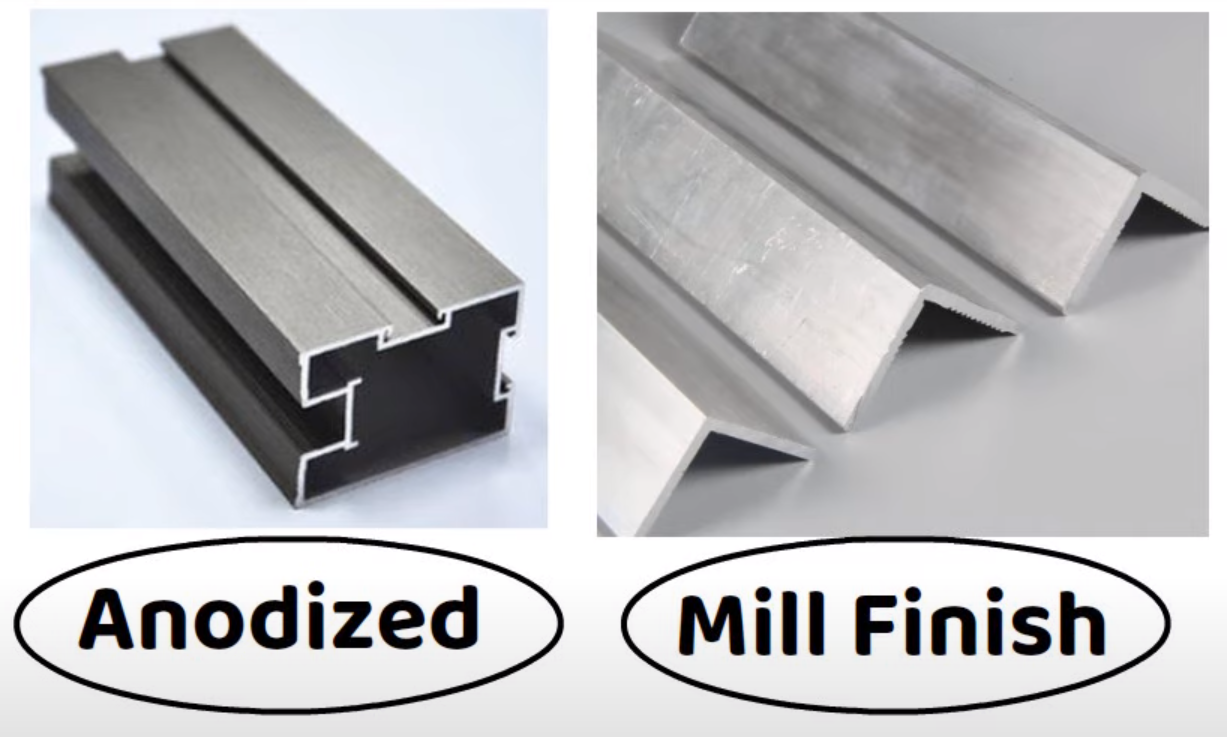

surface treatment? Yes!
Australian Solar Council has clearly outlined solar railing finishing as a requirement. Therefore, mill finished aluminium rail (untreated aluminium rail) does not meet requirements, even if it is produced in Australia. Mill finished aluminium is prone to bi-metallic corrosion.
Aluminium is commonly known as an anti-corrosion material. However, Chlorides and Sulphides can still cause corrosion.
The most common method is anodised treatment for aluminium.


